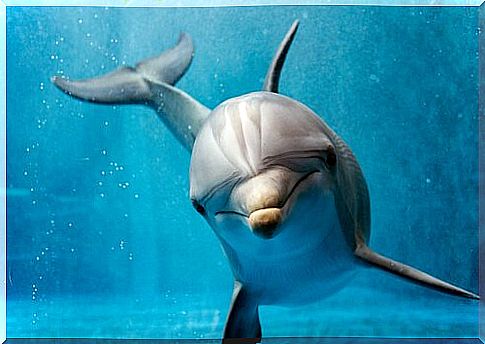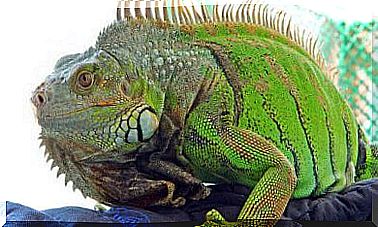How Do Dolphins Dive?

One of the great mysteries for us humans is understanding how dolphins and other cetaceans dive.
These mammals, with lungs, have to cope with the decompression that their body undergoes when they dive.
Let’s find out how dolphins dive.
What is Decompression Sickness?
Decompression sickness was first observed in 1839: when divers resurface and return to normal atmospheric conditions, dissolved gases in the blood form blood bubbles that can cause heart attacks and the collapse of several organs.
To prevent divers from suffering from this pathology, before diving they must breathe a gaseous mixture as well as stop repeatedly during the descent. This is why it is curious to find out how dolphins and other marine mammals dive, so similar to us from the point of view of respiration and blood circulation.
The main element that turns into gas after the rapid rise to the surface is nitrogen, which can cause this dangerous disease.
For this reason, it is suspected that dolphins have active mechanisms in place to process this gas.

What happens when dolphins dive?
When dolphins dive, they risk presenting this syndrome only in cases of high stress, such as when they get trapped in fishing nets or are frightened by ultrasound or geophysical prospecting.
According to experts, it would seem that cetaceans are able to actively reduce the absorption of nitrogen during diving, reducing the risk of suffering from this pathology. These mechanisms would be due to the particular structure of their cardiovascular system.
All mammals need to breathe air to live; in the case of cetaceans, when they dive, the lungs compress due to high pressure, causing them to gradually collapse and allowing nitrogen, among other gases, to pass into the blood.
According to studies, when dolphins and other cetaceans – such as killer whales – dive, they are able to avoid the exchange of gases between the lungs and blood.

How do dolphins and other cetaceans dive?
Cetaceans have other mechanisms for diving. The spiracle, for example, is an orifice that allows them to breathe even when the head is underwater. The breathing of the cetaceans is voluntary, and the spiracle allows to eliminate the water.
Another way of avoiding decompression syndrome is thought to be in the lungs: these have no lobes and are smaller than land mammals.
Furthermore, when dolphins dive they can absorb 90% of the oxygen in the lungs, compared to 20% of us humans.
Cetaceans have to return to the surface every now and then to inhale through the spiracle. If we look at the Mediterranean dolphins, for example, they last 10 minutes underwater, while the fin whale can reach half an hour and the sperm whale two hours.
What is clear is that the more we discover about these animals, for example how they communicate, dive or migrate, the more we marvel and increase the sense of protection towards them.









